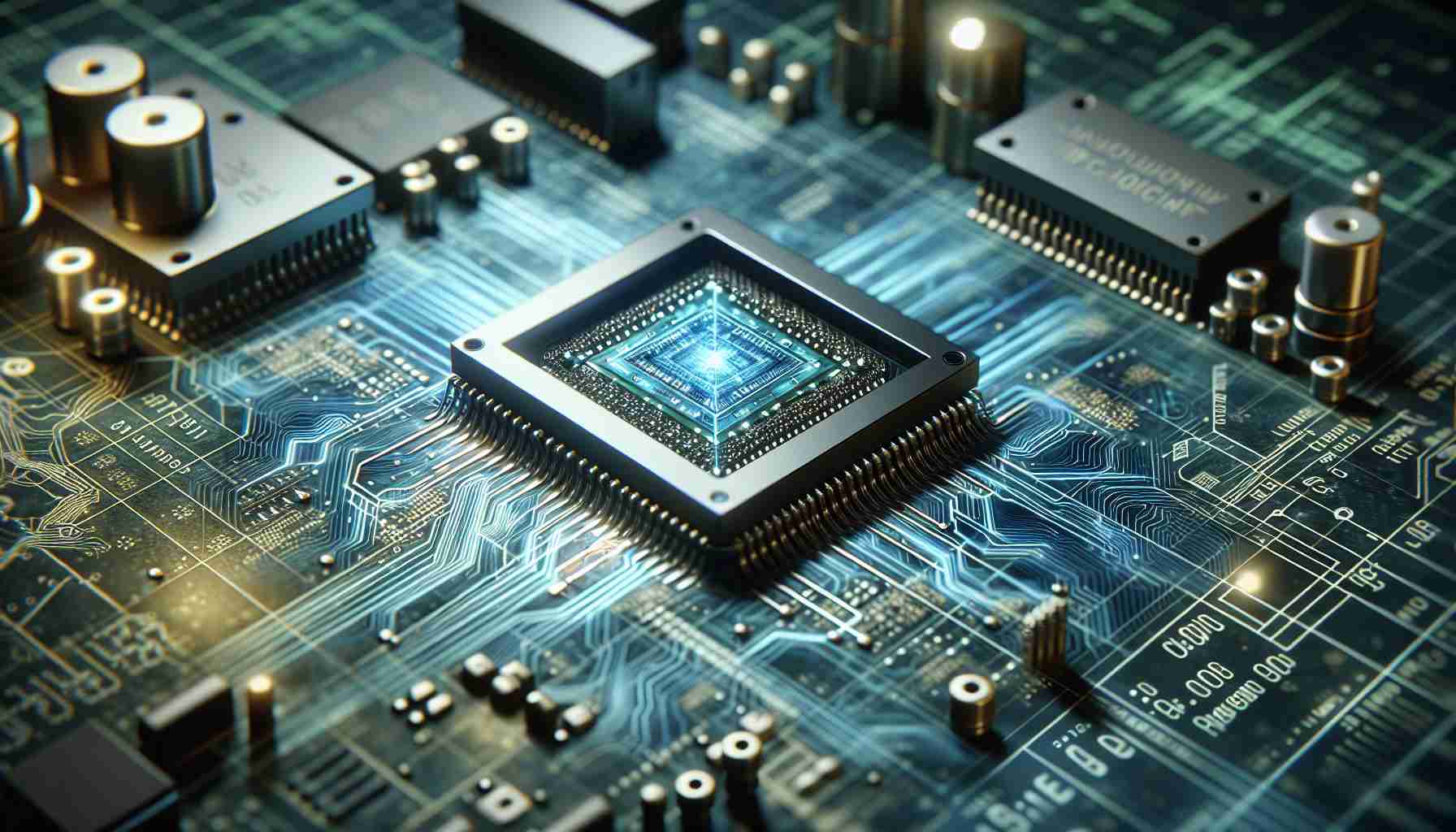Artificial intelligence (AI) technology has been at the forefront of innovation, driving significant advancements across various sectors. However, the demand for computing power and energy efficiency continues to pose challenges in harnessing the full potential of AI. These challenges become even more pronounced in extreme environments such as muddy terrains, snowy landscapes, or scorching deserts where traditional AI systems struggle to operate efficiently.
Addressing these hurdles head-on, the Defense Advanced Research Projects Agency (DARPA) introduced the ground-breaking OPTIMA program with the goal of ushering in a new era of compact AI technology. Under the OPTIMA initiative, which stands for “Optimum Processing Technology Inside Memory Arrays,” DARPA envisions a future where AI processing is optimized without being constrained by size, weight, power, and cooling limitations.
DARPA has allocated substantial contracts to industry leaders including IBM, Infineon, and top-tier US universities, with a total potential value of $78 million spanning over four and a half years. Each recipient of the OPTIMA program has embarked on a journey marked by innovative strategies tailored to revolutionize the landscape of AI processing.
At the heart of the OPTIMA program lies the challenge of streamlining data movements between memory and processors within conventional chips. This constant data transfer poses a bottleneck for intricate AI computations that rely on vast datasets. To combat this bottleneck, engineers have delved into the realm of In-Memory Computing (IMC), a paradigm that embeds the processor directly into the memory to eliminate the need for frequent data transfers.
Noteworthy advancements in IMC techniques have been witnessed under the OPTIMA program. Princeton University’s team, led by Professor Naveem Varma, devised a pioneering solution that leverages capacitors instead of traditional semiconductors to transmit analog signals. The precise distance between metal wires dictates electric charge, paving the way for enhanced energy efficiency. Importantly, Varma’s innovative approach sidesteps the need for specialized tooling, offering accessibility to chip manufacturers who already employ similar techniques on a large scale.
Adding to the roster of innovation, OPTIMA awardees like UCLA and Georgia Tech have embraced analog methodologies to scale down AI chips. UCLA’s utilization of the 22FDX transistor, coupled with meticulous management of threshold voltage variations, enables more compact data encoding compared to conventional methods. The team employs a calibration technique dubbed “write-verify-write” to preempt voltage irregularities and ensure data integrity. Similarly, Georgia Tech harnesses transistors to embed vital calculations into their miniaturized AI chips, propelling the field towards new frontiers.
These trailblazing breakthroughs in miniaturizing AI chips foreshadow a paradigm shift in the AI landscape. By optimizing processing capabilities in a compact form factor, these innovations are set to democratize the deployment of AI across diverse industries, transcending boundaries and redefining the technological horizons.
FAQ
What is the OPTIMA program?
OPTIMA on DARPA poolt käivitatud programm, mille eesmärk on arendada kokkusurutud tehisintellekti tehnoloogiat, integreerides protsessori mäluga, elimineerides vajaduse sagedaste andmeülekannete järele.
Mis on Mälusisesed arvutused (IMC)?
Mälusised arvutused (IMC) hõlmavad protsessori paigutamist mälusse, võimaldades andmetel “liikuda tööle” ja vältides pidevate andmeülekannete põhjustatud põhiprobleeme.
Mis on väljakutsed tehisintellekti kiipide miniatuurseerimisel?
Peamised väljakutsed tehisintellekti kiipide miniatuurseerimisel hõlmavad suuruse, kaalu, võimsuse ja jahutamise piiranguid. Lisaks tuleb käsitleda andmete usaldusväärsuse tagamist ja energiakasutuse vähendamist.
Mis on mõned uuenduslikud lahendused tehisintellekti kiipide miniatuurseerimiseks?
Uurijad ja insenerid uurivad erinevaid analoogtehnikaid, nagu kondensaatorite või transistorite kasutamine, signaalide edastamiseks efektiivsemalt ja kompaksemalt. Need lahendused pakuvad suuremat energiatõhusust ja paremat andmete usaldusväärsust.
Kuidas muutuvad miniatuursed tehisintellekti kiibid tööstusi?
Optimeerides arvutusvõimsust kompaktses vormis, toovad miniatuursed tehisintellekti kiibid tehisintellekti võimed väljakutsetele vastuvõtlikele keskkondadele ja muudavad tööstusi nagu sõjalised operatsioonid, tervishoid, autonoomsed sõidukid ja paljud teised.
Allikad:
– Advanced Computing Systems Association (ACM): www.acm.org
The source of the article is from the blog windowsvistamagazine.es
